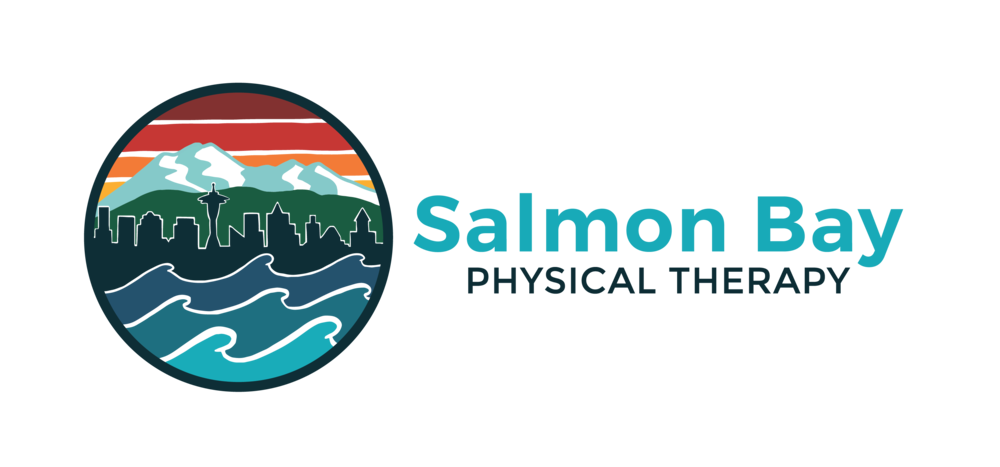The season is changing here in the Pacific Northwest, with resorts like Stevens Pass and Snoqualmie Pass getting dustings of snow over the weekend, much to the delight of ski enthusiasts here in Seattle. Sure, ski season is likely several weeks away, but that cannot stop us from getting excited and preparing ourselves for long days of fresh tracks in the backcountry or running laps on groomers inbounds. When it comes to skiing and skiing well, balance is fundamental. However, most people focus solely on strength and flexibility when working out at the gym, with balance exercises getting left behind.
Our sense of balance is dependent on three primary systems in our body: our vision, our vestibular system, and our somatosensory/proprioceptive system. Most individuals understand how our vision impacts our balance, as it allows us to see where we are in space. Try standing on one foot with your eyes open and then continue with your eyes closed. It will nearly always be more difficult for you with your eyes closed, illustrating the importance of vision in respect to our sense of stability. Our vestibular system lies within our inner ear and works like both a bubble level and accelerometer, providing our brain information about where our head is in space and whether or not we are moving or staying still. Think about standing on a train. It is easy to tell that you are moving when the train is speeding up or slowing down, but when the train is moving at a constant speed, it almost feels as if you are not moving at all. This is in part due to the working nature of your vestibular system. Our somatosensory/proprioceptive system involves tiny sensors within the joints, muscles, and tendons of our neuromuscular system, telling our brain about the position of the various tissues at any given time. This system allows you to know whether your elbow is bent or straight without having to look at it. When balancing on one foot, our somatosensory/proprioceptive system sends rapid information to the brain about where our foot, ankle, knee, hip, and trunk are in space so we can make the necessary corrections to keep our center of mass within our base of support, preventing you from falling on to the floor. Collectively, the three systems function together to keep our sense of stability when performing activities requiring high-level stability, such as skiing.
So what are some exercises you can do to improve your balance that are more specific for skiing? Here are a few of my favorites:
Static Single Leg Balance On BOSU
Single Leg Balance With Hip Extension & Rotation On BOSU
Single Leg Balance With Hip Flexion On BOSU
All of the exercises can be performed without a stability trainer, so if you do not have access to one, no need to fret. Performing these balance exercises barefoot on flat ground with eyes closed is often more challenging for individuals. Here is single leg balance routine that can be performed without any equipment that is helpful in preparing for ski season:
Perform all balance exercises for 60 seconds per leg in order to build neuromuscular endurance. Multiple sets can be performed to further fatigue the neuromuscular system. As always, any exercises you attempt should be pain-free and performed in a safe environment. If you have any questions or concerns about balance exercise, it is recommended to contact your physical therapist or primary care provider before initiating a new exercise program.
Let it snow!

